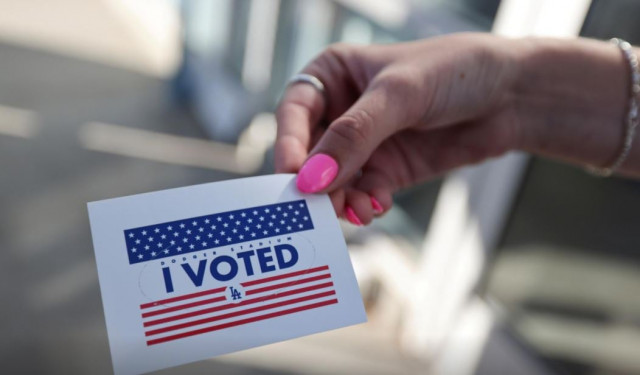US election: How does the Electoral College elect presidents?
The system has sparked debate over its relevance in modern American democracy

The United States relies on the Electoral College for electing presidents; a system that has sparked debate over its relevance in modern American democracy.
The Electoral College consists of 538 electors who cast votes to elect the president and vice president, with a majority of 270 electoral votes needed to win.
This indirect voting system has led to cases where a candidate wins the presidency without securing the national popular vote, intensifying calls for reform.
In each state, the candidate with the most popular votes typically claims all of that state's electoral votes, a system known as “winner-takes-all.”
For instance, California, with 53 House seats and two Senators, holds 55 electoral votes that go to the popular vote winner in the state. States’ electoral votes are based on their congressional delegation—seats in the House of Representatives and two Senators—adjusted every 10 years to reflect census data.
Five times in US history, presidents have won the Electoral College while losing the popular vote. John Quincy Adams first did so in 1824, followed by Rutherford B Hayes in 1876, Benjamin Harrison in 1888, George W Bush in 2000, and Donald Trump in 2016.
In 2000, Bush secured the presidency with 271 electoral votes, though Al Gore led the popular vote by around 500,000 votes. In 2016, Donald Trump won the presidency while Democrat Hillary Clinton received 2.8 million more votes.
According to a 2023 Pew Research survey, two-thirds of Americans now favour selecting the president by popular vote, reflecting growing sentiment for reforming the current system.
When Americans cast ballots in the November general election, they effectively direct their state’s electors on whom to support. This popular vote is intended as guidance for each state's electors, who ultimately cast the formal votes that decide the presidency.
As debates over the Electoral College continue, the system remains a distinctive feature of American democracy, balancing popular input with state-based representation.



















COMMENTS
Comments are moderated and generally will be posted if they are on-topic and not abusive.
For more information, please see our Comments FAQ